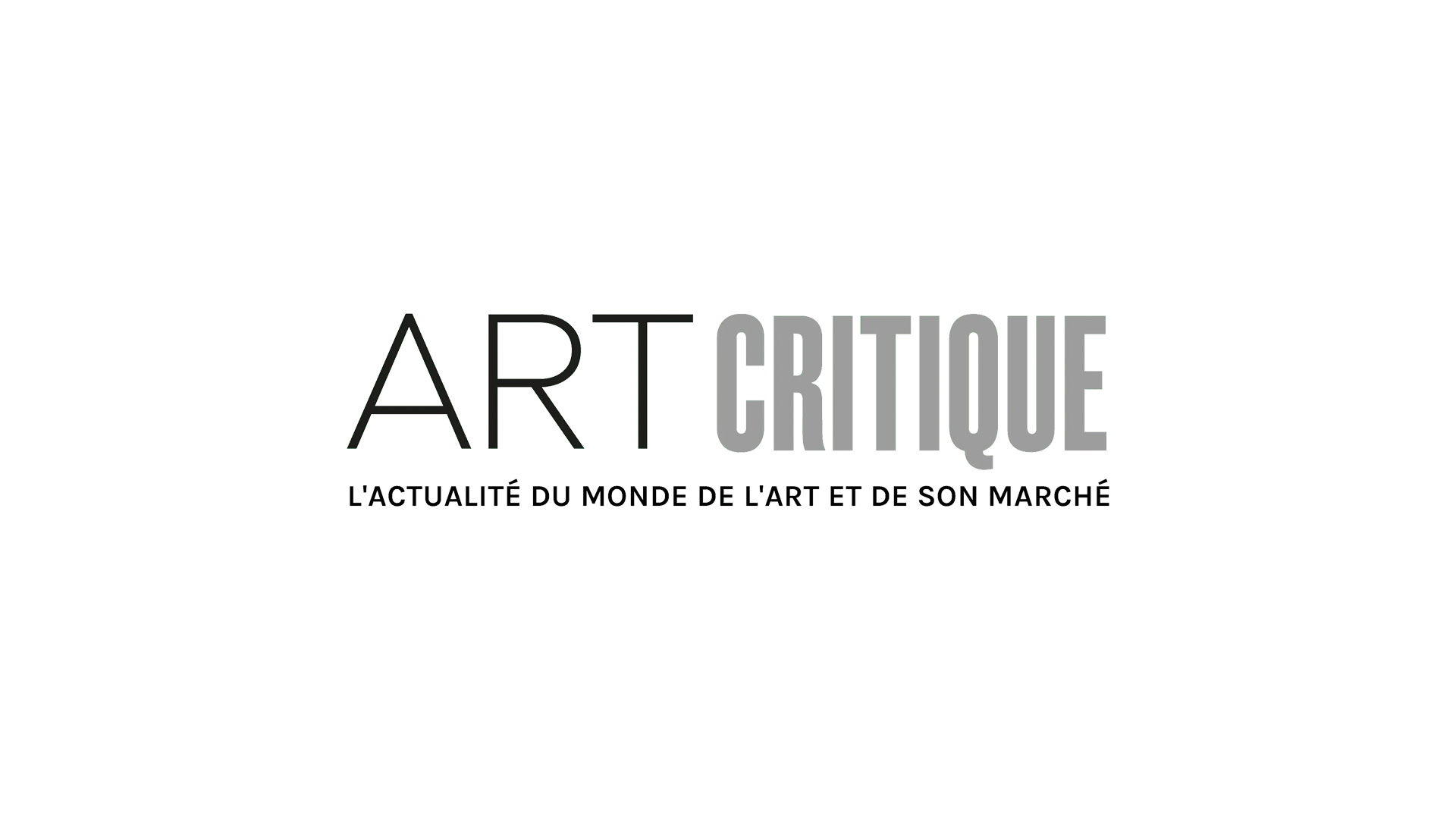Western museums are, rightfully, facing increasing pressure to return art and artefacts looted during colonial times. Artefact theft is not merely a disgraceful part of the past, however, but is an ongoing problem which is occurring right now in dozens of places across the world.
Political instability has always created opportunities for looters and thieves, but the reprehensible practice has particularly flourished in the Middle East and North Africa during the chaos that followed the Arab Spring. The last decade saw a “gold rush” of artefact smuggling in countries like Syria, Libya, Iraq, Tunisia and Egypt, with looted valuables removed from museums and archaeological sites and sold abroad, often ending up on the European market.
Blood Antiquities
The past few years have shone a spotlight on the long history of the plundering of priceless art and artefacts. Earlier this year a number of Berlin museums decided to return hundreds of objects that were looted from the royal palace of the Kingdom of Benin, now part of Nigeria. The restitution of the so called “Benin Bronzes”, which carried deep cultural significance in their country of origin, was hailed in the media as a turning point in Europe’s post-colonial attitudes.
Even as hopes rose that other Western institutions might make similar moves, thousands of artefacts from African and Middle Eastern countries continued to find their way into European private collections. Indeed, the conflicts that arose in the wake of the Arab Spring have been a disaster for efforts to preserve antiquities and keep them out of smugglers’ hands.
Syria and Iraq are among his hardest hit countries in this regard. The two nations sit at the centre of several ancient empires and are among the world’s densest repositories of antiquities. Years of war compounded by the brief but ruinous rule of ISIS, however, have wrought immeasurable damage to their ancient sites. Under ISIS, the ransacking of ancient sites was done on such a scale that hundreds of illegal excavations were clearly visible on satellite images.
According to media reports, at the peak of the Islamic State’s power the sale of artefacts constituted the second largest source of income for the terrorist organisation after oil. The extremist group looted with impunity, fencing their ill-gotten gains through a network of middlemen that stretched all the way from Raqqa and Aleppo to London and New York; the looters eventually became so brazen as to sell the stolen objects openly on Facebook. Nor are terrorist groups the only ones profiting from conflict—in Syria, the Assad regime is known to have confiscated stolen artefacts from militias, only to put them up for sale later through similarly shady channels.
The Ongoing Looting of Libya
While Iraq and Syria have received much of the media attention surrounding the international traffic of looted artefacts, Libya has also become a smuggler’s free-for-all in the wake of Muammar Gaddafi’s 2011 ouster. Not only were hundreds of priceless artefacts, including the famed “Benghazi Treasure”, looted from museums during the initial chaos, but the civil war that followed also gave “artefact poachers” the opportunity to ransack ancient ruins and other archaeological sites and steal objects that have laid buried since ancient times. Estimates put the number of artefacts smuggled out of the country since 2011 at around 8000.
In May of this year, an extremely rare Greek-era sculpture illegally excavated in 2012 from the ruins of Cyrene in Libya was recovered by British customs agents at Heathrow Airport. While dozens of other such valuables have been seized by authorities after popping up in European auction houses over the last decade, experts fear that they represent only a small portion of the total number of looted treasures and that many may have been lost forever.
The situation in Libya was further complicated by the influx of extremist groups to the country, including ISIS extremists which are as likely to destroy the “idolatrous” treasures of antiquity as they are to sell them on the black market. The threat of looting and destruction of cultural property receded somewhat after Field Marshal Khalifa Haftar and his Libyan National Army (LNA) carried out a highly effective campaign to push extremists out of their Libyan strongholds, but has returned with a vengeance after Turkey sent various mercenary groups, including fighters fresh out of the Syria conflict, to prop up the ineffective Tripoli-based Government of National Accord. The Turkish irregulars quickly built a reputation as looters, both of antiques and of mundane valuables taken from Libyan citizens.
These Turkish troops and mercenaries’ continued presence in Libya also casts doubt over the chances for fair and free elections to take place in December. If elections are not held on time, this means that the current situation favouring looters and smugglers is unlikely to end any time soon. Turkey’s continual refusal to remove its troops from Libya only means that valuable artefacts will continue to be looted with impunity. The only difference is that they will be most likely smuggled not to London, but to Ankara and Istanbul.
Repeating History
For many of the countries in question, the return of looted treasures is not only a moral issue, but an economic one as well. Egypt, for example, is heavily reliant on tourism and, now that the country has become stable again, the government is eager to restart the ever-so-important flux of visitors. The task, which became even more daunting within the post-pandemic world, is dependent on the rebuilding of the country’s network of museums and attractions that has been seriously damaged in the last decade.
To that end, the Cairo government has ramped up its efforts to retrieve stolen antiquities, whether they were removed from the country in the 19th century or in the last decade. Thousands of objects were retrieved, but millions more remain in European museums or private hands.
Western countries must do more to stop the influx of stolen artefacts, both by returning artefacts stolen long ago and by addressing the conflicts and neo-colonial posturing that is allowing the looting to continue.
Libyan ruins. Image from Flickr (David Stanley), Creative Commons 2.0 License





